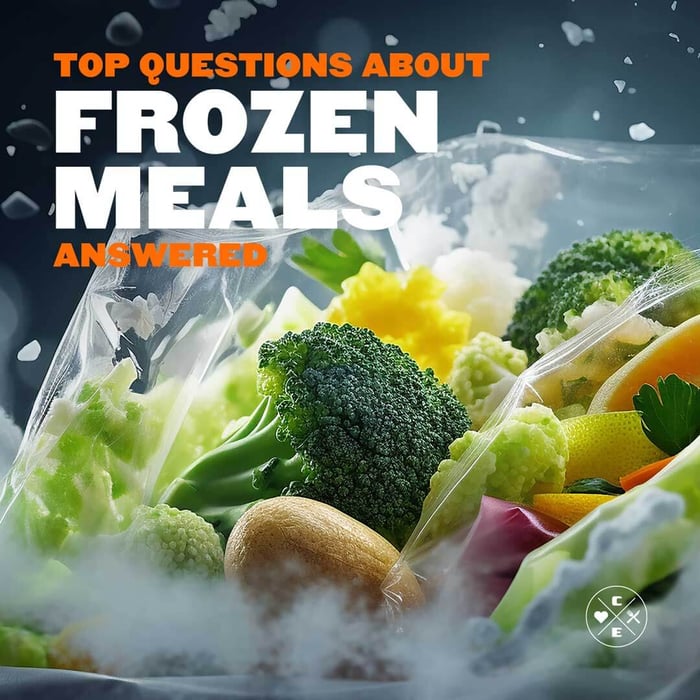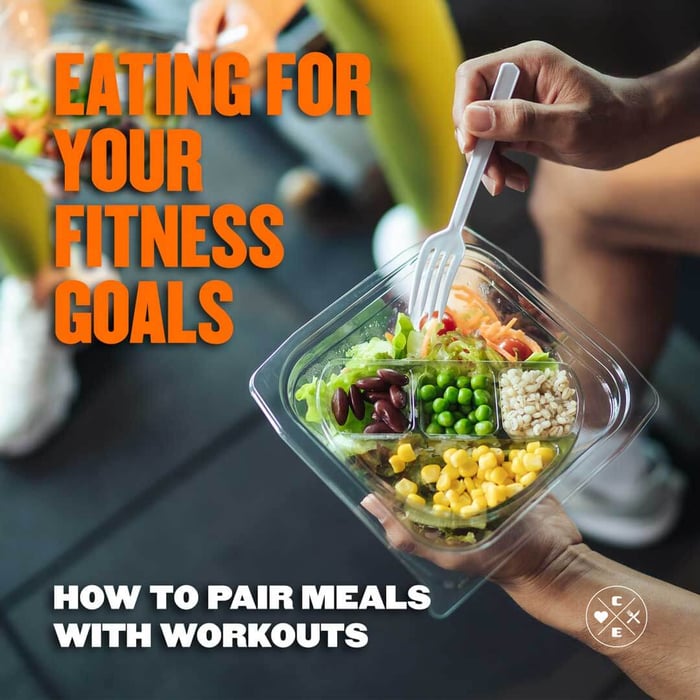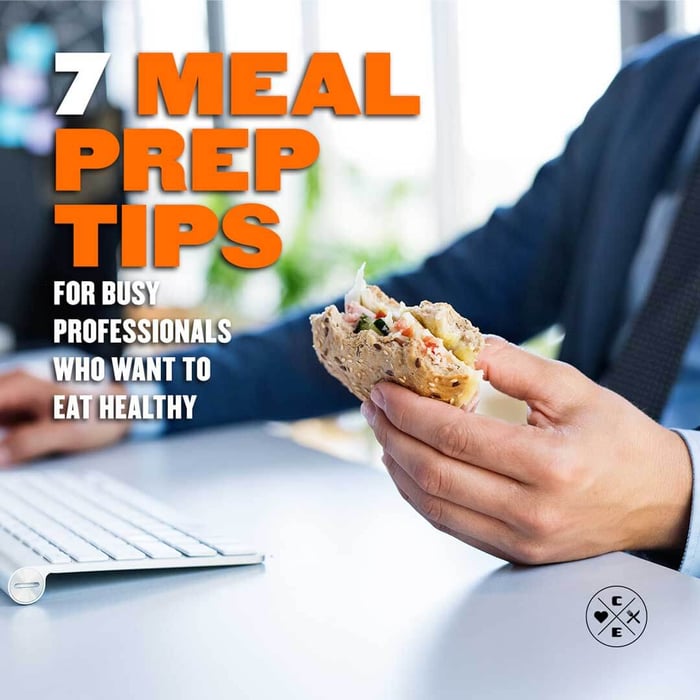How to Store Frozen Meals: Complete Guide for Maximum Freshness

Diana Ketchen
Nutrition
|
Healthy Lifestyle
12/23/2024 8:31am
7 minute read
Storing frozen meals correctly ensures they stay fresh, tasty, and safe to eat. Here’s what you need to know:
- Freezer Temperature: Keep it at 0°F (-18°C) or lower. Use a thermometer to check regularly.
- Storage Times: Frozen dinners last 3-4 months, soups and stews 2-3 months, and leftovers 2-3 months.
- Prevent Freezer Burn: Use airtight containers, freezer bags, or vacuum sealers to lock out air.
- Label & Rotate: Label meals with names and dates, and use the oldest ones first.
- Safe Thawing: Thaw in the fridge, cold water (change every 30 minutes), or microwave—never at room temperature.
- Reheat Safely: Heat to 165°F throughout to ensure food safety.
Quick Comparison of Storage Tools
| Tool | Best Use | Benefits | Duration |
|---|---|---|---|
| Vacuum Sealers | Meats, seafood | Prevents freezer burn completely | Long-term |
| Freezer Bags | Single portions, vegetables | Space-saving, easy to organize | Short-term |
| Glass Containers | Microwave-ready meals | Reusable, microwave-safe, see-through | Medium-term |
| Foil Pans | Casseroles, bulk meals | Disposable, good for large portions | Medium-term |
Basic Rules for Storing Frozen Meals
Follow these steps to save time, reduce waste, and keep your meals nutritious and delicious.
Keep Freezer Temperature at 0°F or Below
Set your freezer to 0°F (-18°C) or lower to keep your food safe and maintain its quality. Use a freezer thermometer to check the temperature regularly. Try to limit how often you open the freezer door, cool hot foods to 70°F within two hours before freezing, and avoid overloading the freezer. These steps help maintain consistent freezing conditions.
Label and Rotate Meals for Easy Access
Clearly label each meal with details like the name, preparation date, expiration date, portion size, and reheating instructions. To stay organized and reduce waste, use a "first in, first out" system—place newer meals at the back and move older ones to the front. This way, you can quickly grab what you need and avoid forgetting about older items.
Safe Methods for Thawing Frozen Meals
Thaw frozen meals safely using one of these methods:
- In the refrigerator (takes 24-48 hours)
- In cold water (change the water every 30 minutes)
- In the microwave (cook immediately after defrosting)
Never thaw meals at room temperature, as this can encourage bacterial growth. Once thawed, meals should not be refrozen unless they’ve been cooked first. Be sure to eat thawed meals within 24 hours to keep them safe and tasting great.
Best Tools for Storing Frozen Meals
Why Freezer-Safe Containers Are Ideal
Freezer-safe containers are the go-to choice for keeping frozen meals fresh. Thanks to their airtight seals and durable construction, these containers protect food and maintain flavor. Many of these containers are also moisture-resistant and microwave-safe, making it easy to store and reheat meals in one dish.
When shopping for containers, prioritize those with tight-fitting lids to guard against freezer burn. Smaller glass containers with airtight seals are especially handy for single servings and are perfect for taking meals on the go, like to work for lunch.
The Role of Freezer Bags and Vacuum Sealers
Freezer bags are a practical option for short-term storage and portioning. They’re great for individual servings and can be stacked neatly to save freezer space.
Vacuum sealers, on the other hand, take food storage to the next level by removing air. This method prevents freezer burn and keeps food fresh longer.
While having the right tools is essential, using proper storage techniques is just as important to avoid freezer burn and ensure food stays safe to eat.
How to Prevent Freezer Burn and Keep Food Safe
Steps to Avoid Freezer Burn
Freezer burn can ruin the taste and texture of frozen food, even if it's still safe to eat. To avoid this, you need to minimize air exposure. Also, stick to these recommended storage times for the best quality:
| Food Type | Maximum Storage Time |
|---|---|
| Frozen Dinners | 3-4 months |
| Soups & Stews | 2-3 months |
| Cooked Meat | 2-3 months |
| Cooked Poultry | 4 months |
Get a detailed list of storage tips from the FDA.
Prevent Cross-Contamination in Storage
While freezer burn affects how food tastes and feels, keeping your freezer organized is just as important for maintaining food safety. A well-organized freezer not only helps avoid freezer burn but also reduces the risk of cross-contamination. Store raw and cooked foods in separate areas, and use clear, sturdy freezer bags so you can see what's inside without opening them.
Here are some tips to keep your freezer safe and organized:
- Separate raw foods from cooked foods/prepared meals.
- Use specific containers for different types of food.
- Label everything clearly for easy identification.
Don't forget to clean your freezer regularly and remove frost that's more than 1/4 inch thick to keep it running efficiently. Make sure there's enough space between items for proper air circulation. These steps will help ensure your food stays safe and high-quality.
sbb-itb-1989a25
What's Freezer Burn and How to Prevent It
Freezing and Reheating Frozen Meals the Right Way
Freezing meals properly, using freezer-safe containers, and staying organized helps keep meals fresh for longer.
Freeze Meals as Soon as Possible
Cooling meals quickly before freezing is key to stopping bacteria from growing. Use shallow containers or an ice bath to cool food fast before freezing. Bacteria thrive between 40°F and 140°F, so cooling quickly is a must.
Note: Keep the ice bath water separate from the food in containers to avoid contamination, and stir the food occasionally.
Reheat Meals Safely and Evenly
Reheating meals the right way ensures they’re safe to eat and taste great. You can reheat either directly from frozen or after thawing:
- Direct from Frozen: Use a saucepan, the oven, or a microwave. Use microwave-safe containers with lids and heat thoroughly to 165°F.
- After Thawing: Heat thoroughly to 165°F, making sure there are no cold spots.
| Reheating Method | Best Practices | Temperature Goal |
|---|---|---|
| Microwave | Cover food and stir halfway through | 165°F |
| Oven | Use a covered, oven-safe dish | 165°F |
| Stovetop | Stir often; add liquid if needed | 165°F |
For the best results:
- Use a food thermometer to ensure the food reaches 165°F.
- Prevent cross-contamination by using separate utensils and containers for each meal.
Conclusion: Simple Steps for Better Frozen Meal Storage
Keeping your freezer at 0°F or lower is key to stopping bacteria from growing and keeping food fresh. Using tools like freezer-safe containers and vacuum sealers can help protect meals stored for longer periods.
An organized freezer makes life easier and helps you use meals before they go bad. Label each meal with its name and freezing date. Place older items at the front and newer ones in the back. This simple First-In-First-Out (FIFO) system helps cut down on waste and keeps food tasting great.
Make sure food cools quickly before freezing and reheat it to 165°F when ready to eat. Regular freezer upkeep is also important. Clean it now and then to avoid ice buildup, and try to limit how often and how long the door stays open to keep the temperature steady. These small habits can keep your meals safe and fresh.
FAQs
How can I freeze meals to avoid freezer burn?
To avoid freezer burn, make sure your meals are completely cooled before freezing. Use sturdy, freezer-safe containers or bags specifically designed for freezing food. For the best results, remove as much air as possible from the bags before sealing, or consider using a vacuum sealer. Airtight storage is essential to keeping freezer burn at bay.
How long can frozen products stay in the freezer?
Storage time varies depending on the type of food/meal. Here's a quick guide at 0°F (-18°C):
| Food Type | Maximum Storage Time |
|---|---|
| Frozen dinners (lasagna, pizza, etc.) | 3-4 months |
| Soups, stews, and casseroles | 2-3 months |
| Cooked rice | 2-3 months |
| Pasta dishes | 2-3 months |
| Vegetables | 12 months |
| Fruit | 12 months |
To ensure your frozen food lasts as long as possible, keep your freezer at a steady temperature of 0°F (-18°C) or lower.



